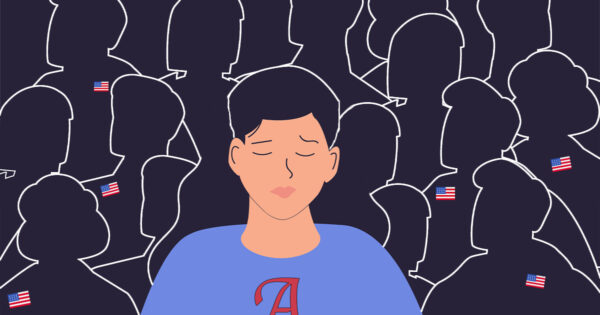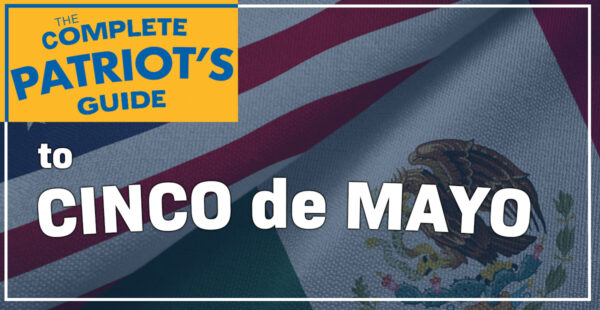My kids tell me I have three voices: My regular voice, my customer service voice, and my “Oh, no, we are in trouble” voice. While they giggle when they talk about it, their ability to recognize the difference means that with consistency over time we have developed a pattern of communication.
This pattern, coupled with our ability and willingness to listen and act based on individual cues, ultimately creates our collective family dynamic. Speaking up and carefully considering how to use our voices is also a critical piece of community-building. Done well or with disregard, this is how we as citizens determine our collective community culture.
As individuals in a larger system, we can help nurture a culture of caring, consideration, and thoughtful compromise. Much like the family dynamic, it takes a consistent pattern of communication developed over time. Here is how we can get started.
 Listening is more than waiting to respond. It’s authentically trying to hear why what the person is sharing is so important to them. It’s relating to their vulnerability in the middle of their storytelling. It’s discovering what they are passionate about and how they would truly like to contribute.
Listening is more than waiting to respond. It’s authentically trying to hear why what the person is sharing is so important to them. It’s relating to their vulnerability in the middle of their storytelling. It’s discovering what they are passionate about and how they would truly like to contribute.
We can’t gain these important insights if we are only waiting for our turn. If we come to the table determined to change someone’s point of view, we miss what is innately a part of who they are. If we don’t care what the other person has been through or how they got to where they are today, how can we know how they plan to reach their goals tomorrow? Ask questions, seek understanding, be curious. Finding each other’s humanity in listening will allow us to connect in a way where bonds are created and vision casting and goal sharing become easier.
To get to the best solution, we need others who do not agree with us. We need people who can challenge the way we see things. It allows us to offer back in vulnerability and a willingness to learn, what we hope to draw out of others as we listen in turn.
Build consensus often. Not to push objectives forward, but to check the temperature of the room. While a part of the team will be focused on the doing, others will be silently struggling with certain details, processes, or questions unasked. Give time for those concerns to be recognized, validated, and discussed. Ask how people feel about things as often as you ask if they make sense. Give everyone a chance to have full faith in where you are going before you set sail.
The words we use really do matter. Pronouns speak volumes. Overusing the word “I” to build trust and buy-in rarely works. Try limiting the use of I to times when taking accountability is needed or volunteering your personal time and resources. Use I when you are asking others how you can help. The word we is a collective and should be used when you are speaking for or about a team or other collective groups. Use we to attribute success, ask probing questions, and cast vision.
If we are in this together, then success should be shared, or even forfeited if it helps the bigger picture become a reality. It helps the community story to be owned by everyone.
Ask for help. If we effectively practice listening, we will have a sense of who will be the right person for the job. Ask those you know who have a personal buy-in or an innate passion around the topic. Include people who will be affected by whatever decision the group makes. Be inclusive of the system’s sectors so that every chance we get, we see how our silos impact the whole. When you ask for help, make sure those you ask know that you can’t come to the best conclusion without them.
We can make the most difference by understanding when to be a vocal influencer, and when to empower others to step out into that role. It gives a chance for us to make sure that leaders are being identified in our communities, that we are sharing the responsibility for the future and that we are reaching beyond our own spheres of influence into different audiences in our communities who could then, in turn, become engaged in a new way.
Finally, don’t build walls where bridges belong. Today’s no could be way less important than tomorrow’s yes.
It’s 10:14 am on Day 55 of my family’s social distancing quarantine. Which means I have used all three of my voices at least once. But because of our intentional consistency over time, we are thriving and functioning in a way that is making us closer.
Better, together. Just like the culture within each of our own communities.
![]()
Melissa Garcia is community affairs manager at Black Hills Energy. She has taken on a number of roles in her community of Broken Bow, including leading in the area’s economic development that has included the creation of over 200 new jobs and over 30 new businesses through a community-oriented plan. For more Civic Nebraska Writers Group columns, click here.




